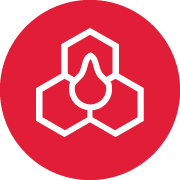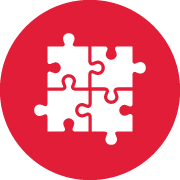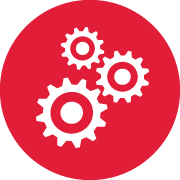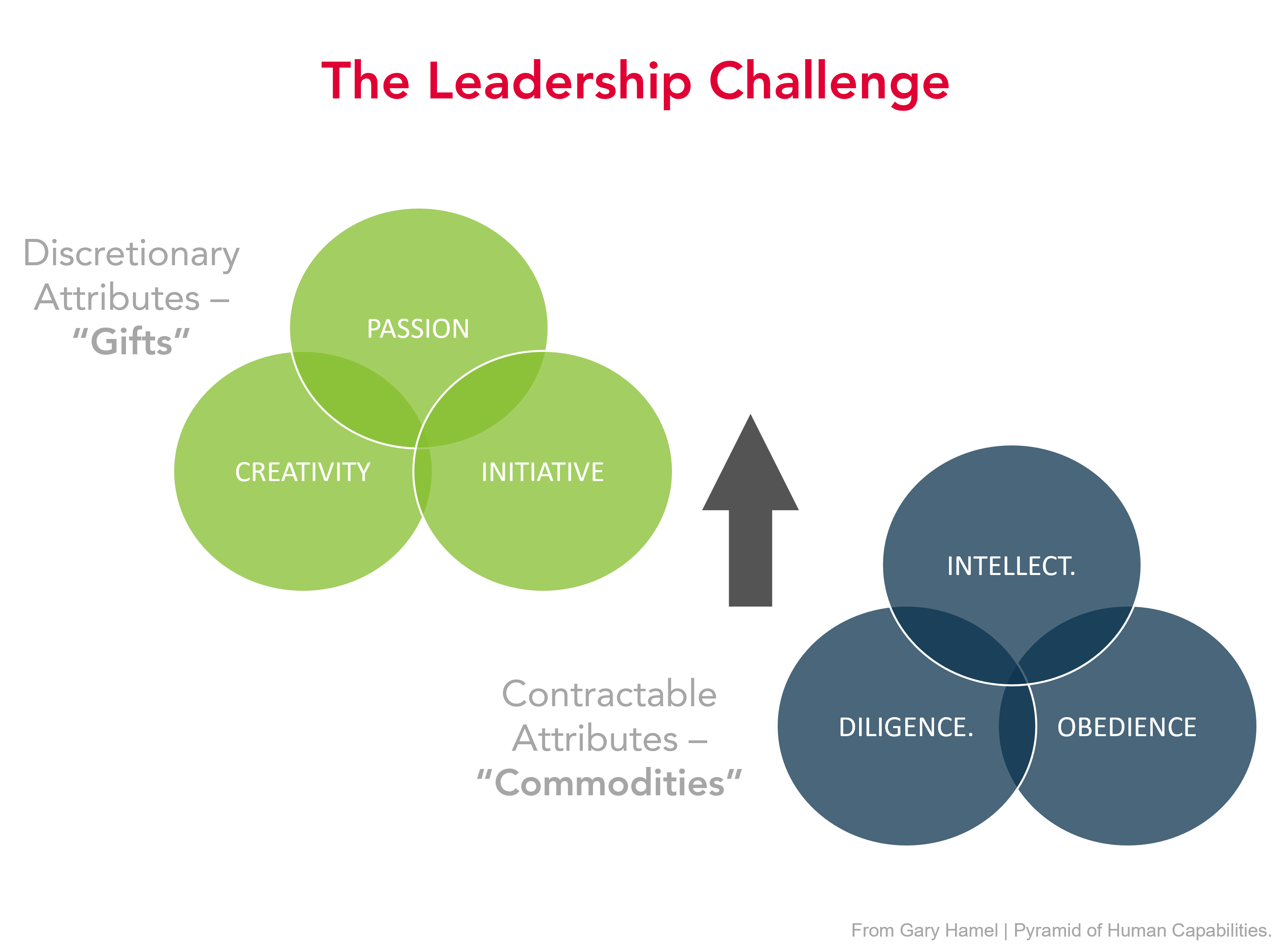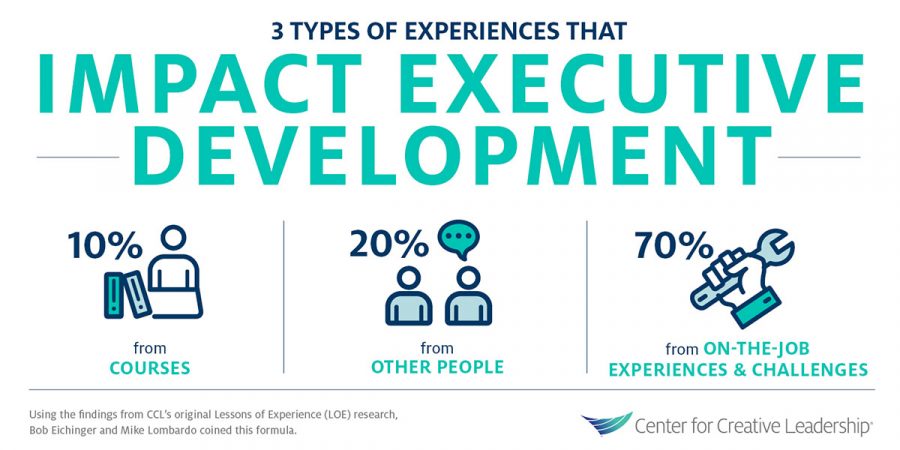Once you have selected your broad focus areas, you should establish detailed goals. Your goals should adhere to the SMART Principle. SMART goals bring structure and purpose to your intentions.
- Specific; Make sure your goals are well defined and unambiguous. This may mean you have to set out a series of incremental activities in order to reach a bigger goal. Specific goals provide more direction and motivation than vague statements.
- Measurable; Predefine criteria for measuring progress and success. Without a measure of success, it’s impossible to know how you’re tracking or when you have reached your destination.
- Achievable; Goals are most motivating when they strike the right balance between being challenging yet achievable. Include a little bit of stretch in your goals but not so much that you feel overwhelmed and therefore demotivated.
- Relevant; Goals should be relevant to your desired leadership destination. Ensuring they are founded on AlburyCity’s Leadership Framework and your own 360-degree feedback will assist. However, it’s important that the areas you choose to focus on also resonate personally with you; try to identify which areas you feel most compelled to improve in.
- Timely; All goals should have a clearly defined timeframe for completion. Without one, you may find yourself lacking the necessary motivation to get started.
Let’s assume you identify Developing Direct Reports as a broad area for improvement. Looking at your 360-degree feedback results, you notice there is room to better understand the career goals of each of your direct reports. This understanding and career support is something you value receiving from your own leader so you choose to prioritise it as a key goal for yourself. You could write your goal like this:
“I will hold more frequent development discussions with my direct reports in order to understand their career goals.”
Instead, you could choose to be SMART about it and instead write this: “Once every three months, commencing in March, I will meet for one hour with each of my direct reports to hear about their career objectives and understand the skills/capabilities they would like to develop. By the end of quarter one, I will have established a register to capture my understandings. This will be shared with each direct report at least bi-annually to ensure my understanding is correct and remains current.”

